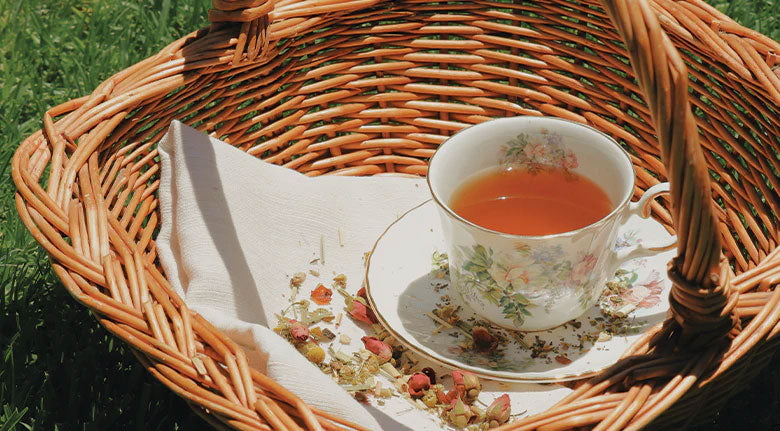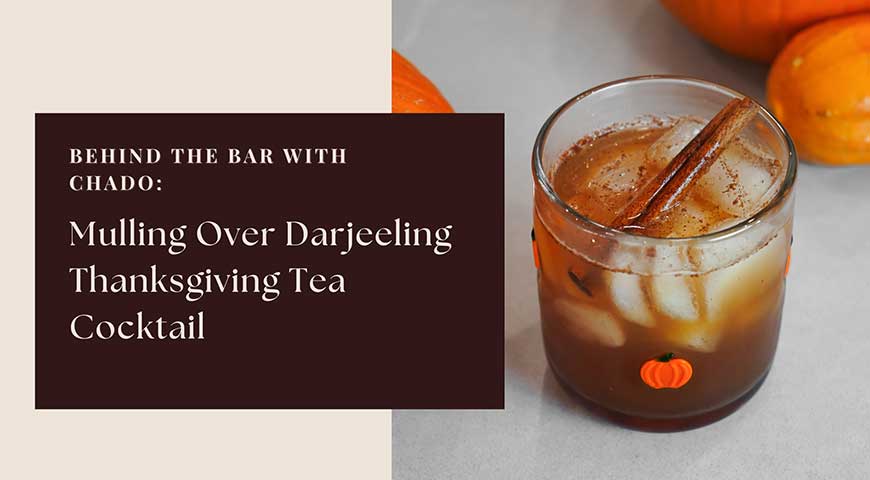
History of Easter

While Easter brings to mind colorful egg hunts and chocolate bunnies, it wasn’t always a holiday centered around Christianity or the modern Easter Bunny image.
Pre-Christian Solstice
Long before parents were packing up Easter baskets for their kids, pre-Christian pagans celebrated the holiday as one of the many solstices that surrounded honoring a specific goddess of the coming season. Originally known as the Spring Equinox, the word Easter parallels the German word Ostern which is derived from Eostre or Ostara, the Anglo-Saxon Goddess of Spring. In German stories, Ostara is believed to have been responsible for bringing about spring each year. There are many different tales connecting this fertility goddess to Easter, with one story telling of how a Hare King fell in love with her, and another, more popular story, explaining how one year she found a dying bird in the snow. To save it, Ostara brought the bird back to life as a white hare, however to honor the bird's original form Ostara gave the hare the power to lay eggs once a year. She then allowed the hare to gift away its eggs to those worshiping and feasting in her honor.
30 A.D - Resurrection Day
In the Christian faith Easter revolves around the story of Jesus and his resurrection. When he and his 12 disciples traveled to Jerusalem to celebrate Passover, it is said that he was turned over to Roman authorities and sentenced to death. The Romans then crucified him and according to Christian faith he was entombed in a cave before resurrecting three days later, on the day that would be Easter Sunday. As Christianity was spread the ancient roots of Easter were assimilated into what the church named Resurrection Day.
325 A.D - Emperor Constantine
As the Christian faith began its conversion Emperor Constantine gathered the Council of Nicaea and declared that the resurrection of Christ should take precedence over other pagan festivals. He ordered for Easter to always be celebrated the Sunday after the first full moon following the vernal equinox.
13th, 18th, & 19th Century
Nowadays eggs are a massive part of Easter, although in the 13th century eggs were one of the forbidden foods during lent, the 40-day fasting period. Eggs were boiled for preservation and then consumed on Easter Sunday at the end of Lent. Although Easter is now a massive holiday in America, the early Puritan settlers originally dismissed it as a pagan holiday, and the founding Puritans did not begin to celebrate it until after the Civil War. As time moved onward Easter eggs began to take shape in the 18th century as German immigrants brought their tradition of the “Osterhase”- a bunny who brings brightly colored eggs to obedient children and lays them in nests. The shape of eggs is also believed to be associated with the shape of the stone that sealed Jesus’s tomb. However, before that, historians had found decorated ostrich eggs, estimated to be up to 5,000 years old, in the tombs of ancient Sumerians and Egyptians. It's pretty safe to say that the practice and fun of painting eggs has been around for centuries. In the early 19th century Easter egg hunts began to spike in popularity and Russian nobility started to exchange ornately decorated eggs painted with gold leaf. At the same time chocolates became a part of the celebration in Europe.
1878 – 1885
The white house hosts its first Easter egg roll under the guidance of Rutherford B. Hayes. The activity of the egg roll symbolizes the rolling away of the stone that encased Jesus in his tomb. On a more decadent note, in 1885 The House of Faberge began designing and crafting jewel encrusted eggs for Russian nobility, creating a sparkly new twist for the rich to gift to their families.
1910s -1940s
Once the mid-19th century hit and church services were routinely attended, the New York elite donned their finest suits and gowns to parade down 5th avenue, celebrating Easter with a momentous fashion show. In the 1930s sugary sweets became a staple of the celebrations with jelly beans being placed in American easter baskets for the first time. The holiday became even more iconized when the famous 1940s film “Easter Parade”, starring Fred Astaire and Judy Garland, hit the box office- forever immortalizing Easter as a fun, styled, and brightly colorful family holiday. From fertility goddesses to easter parades, the history of Easter- no matter which source it comes from- will always stem back to one common root, a bunny, some eggs, and a time for people to come together and enjoy the renewal of spring.
Want To Browse Our Wide Selection Of Products?
Check out our Selection of Teas we have to offer from all over the globe.





